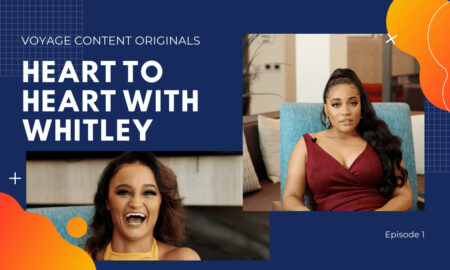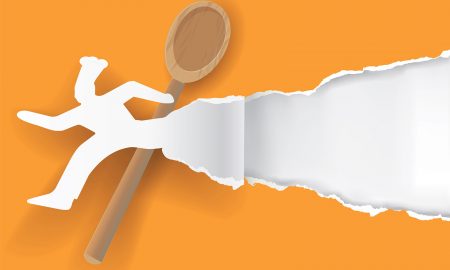

Today we’d like to introduce you to Merrie Skaggs.
Hi Merrie, it’s an honor to have you on the platform. Thanks for taking the time to share your story with us – to start maybe you can share some of your backstory with our readers?
About 15 years ago my sister Nan Funkhouser, who retired from the Kansas City Symphony Orchestra as second French horn player, decided to give piano lessons. She taught two little guys who had keyboards with song banks. After about six months, they were both playing well and she thought, “This is a piece of cake.” Then she discovered they were playing by ear and not reading the music! As a professional musician, she was aghast. She came up with a new approach that used color and would motivate them to go back and READ music instead of just playing songs.
My (Merrie Skaggs) background is in education. Nan and I collaborated and refined her ideas into what is now MerrieNan Melodies, a joyful and successful way to learn to read music. In those days we constantly refined the method and we have gone from one book to a complete curriculum with four levels and many books, a kit, and other resources for beginning piano students of all ages. A recent happy consumer was 81 years old! (One of our photos is where she is seated at her keyboard.)
At a music conference, Betty Todd Smith, a highly accomplished and recognized piano teacher from Olathe, KS, walked by our booth. She was interested but skeptical. She came back the next year and decided to give MerrieNan Melodies (MNM) a try. While most children could learn to read music easily with Betty’s lessons, she had one little girl with dyslexia who struggled and could not figure out the system after two years of lessons with Betty. She decided to try using MNM with this child. The results were outstanding and this little gal finally could see the sense of the method and learned to read music; the color approach made all the difference. Betty was impressed but decided to do her own experiment with a child who did not have learning disabilities. The results? Betty said that this child “practically taught herself with MNM’s approach.” Betty now starts all of her new young students with MNM.
Later Betty joined our team. The three of us did a major editing of the program and landed on the method and its many details that define MerrieNan Melodies today.
I’m sure it wasn’t obstacle-free, but would you say the journey has been fairly smooth so far?
No, the road has not been smooth. All three of our team members were working at other jobs while trying to launch MerrieNan Melodies.
Also, I spent much time and money attempting to educate myself on marketing strategies. Those have not been as successful as hoped.
We went to numerous conferences to promote MNM. That all came to a sudden stop when COVID hit. We have not returned to conferences since then. Attending conferences for homeschoolers was where we met many people and sold our product.
Thanks – so what else should our readers know about your work and what you’re currently focused on?
We are proud of the fact that our program is unique and incorporates sound educational and musical components while making the learning fun and easy and colorful. The color is not incidental but a foundation of our approach to cracking the mysteries of reading music.
The expertise, education, and experience of our team sets us apart:
Merrie Crawford Skaggs, PhD
Merrie has been an educator her entire career, starting out in public schools and culminating at Baker University as Chair of the Education Department and Supervisor of Student Teachers. She holds a BA in Elementary Education, an MS in Reading, and a PhD in Curriculum and Instruction with an emphasis in mathematics education. Merrie has been a big part of making sure the materials in the program are educationally sound.
Merrie’s Educational Philosophy
“Education is not the filling of a pail, but the lighting of a fire.” — Willian Butler YeatsNan Crawford Funkhouser, BM
Nan graduated from Wichita State University with a bachelor’s degree in Music Performance and a minor in Piano Performance. She played French horn with the Kansas City Symphony for 25 years before retiring as a professional musician. She has taught both French horn and piano for over 30 years. One role Nan plays with MerrieNan Melodies is to compose and arrange new music that helps students learn.
Nan’s Musical Philosophy
“I see my life in terms of music.” — Albert Einstein
Betty Todd Smith, BA, MMusic
Betty is an MTNA Permanent Nationally Certified Teacher of piano with a BA in Music from Abilene Christian University and a Masters of Music in Piano Performance from Arizona State University. She has founded and directed numerous early childhood music programs and developed curriculum for Montessori and private schools. She has taught piano for over 40 years. Betty plays a key role in making sure the MerrieNan Melodies courses are comprehensive for beginning musicians and their parents/instructors.
Betty’s Teaching Philosophy
“Every child can learn. Any child can be developed. Depends on how you do it.” — Dr. Shinichi Suzuki
Is there anything else you’d like to share with our readers?
In the beginning….
Merrie began teaching Nan how to play the piano when Nan was 4 years old.
Fast-forward 50+ years and the two, along with their teammate, Betty, are still collaborating on how to make learning music accessible and fun for beginners of all ages.
MerrieNan Melodies was founded in 2010 and was created with the belief that learning to read music gives a child confidence and independence with music that creates joy for a lifetime.
Key Idea: COLOR (photo of the MNM Music Note Code is included with photos)
The first thing noticeable about the MerrieNan Melodies program are the brightly-colored notes; children and adults alike are attracted to the materials immediately. These colors have definite purposes.
The MNM color-coded system assigns one color to each of the seven notes in the musical alphabet, A-B-C-D-E-F-G. This color-coded system starts with note A instead of note C (Middle C) in order to keep intact the order of the seven letters in the musical alphabet. The traditional “Every Good Boy Does Fine” and “FACE” approach separates the lines from the spaces, and takes the familiar order out of the alphabet.
With the MNM approach, the student simply reads the notes with the aid of color until she recognizes the note names and no longer needs the colors. To learn to read notes, the colors function as “training wheels,” like on a child’s first bicycle.
Printed little hands on the pages of music in the songbooks show students where to place their hands. This is instead of using fingering numbers. The fingertips on the printed hands have colored dots to guide finger placement on the piano keys.
Creativity is another advantage of the MNM color approach. An extension of this one-to-one correspondence is used in the MNM Music Note Code. The MNM Music Note Code translates each letter of the English alphabet and the ten numerals of the base ten system into one of the seven colors.
A = Purple, B = Sky Blue, C = Red, D = Orange, E = Yellow, F = Green, G = Blue
Looking at the code allows easy translation of all the letters of the entire alphabet and the numerals 1 through 9 plus 0. The MNM Music Note Code starts with 1 instead of 0 because children start counting with 1. Simply match up the letters of a name, word, or number with the seven note names in order to write a series of notes. An example of this song writing is found on the “Anna Song” page in both the MNM EarlyStart Musician’s Book and the MNM WriteStart Musician’s Book.
Finally, the colors are appealing and motivating. This purpose was alluded to in the first sentence above. The MNM pages look fun and they are!
Key Idea: CREATIVITY
One of the most important aspects of MerrieNan Melodies is learning to read music by writing and composing. This approach gives access to learning and playing music to all beginners including the youngest students. There is no longer the need to wait until the child is reading words in order to begin music lessons; all that is required is that the child knows the first seven letters of the alphabet and colors. The entire MerrieNan Melodies system is a composing kit as well as a unique method of learning how to read music.
One of the positive REVIEWS from our website:
MerrieNan® Melodies’ unusual program for teaching the piano keyboard can be used with children who recognize colors and the letters of the alphabet. They don’t have to be able to read since this is a parent-directed program.
The program has four levels. Level 1 (Pre-A): Early Start is where most children ages four through six will begin. Level 2 (A): WriteStart is the beginning place for any learner ages seven and up.
The program uses seven colors to identify the notes A through G and their placement on the staffs. Colors are also used to indicate which hand to use beginning in Level 1.
The program teaches with lots of repetition through multiple learning avenues: reading the books, writing, coloring, singing, playing the keyboard, using the spinners, clapping out rhythms, manipulating Unifix® Cubes, and working with flashcards. In addition, children begin to compose and write their own songs early in the program. This unusual feature works to reinforce knowledge as students learn to draw staffs, clefs, notes, and other musical notations, and it also teaches creativity.
MerrieNan Melodies is a robust program for teaching piano/keyboarding skills using multisensory and creative learning methods.
Contact Info:
- Website: https://merrienan.com
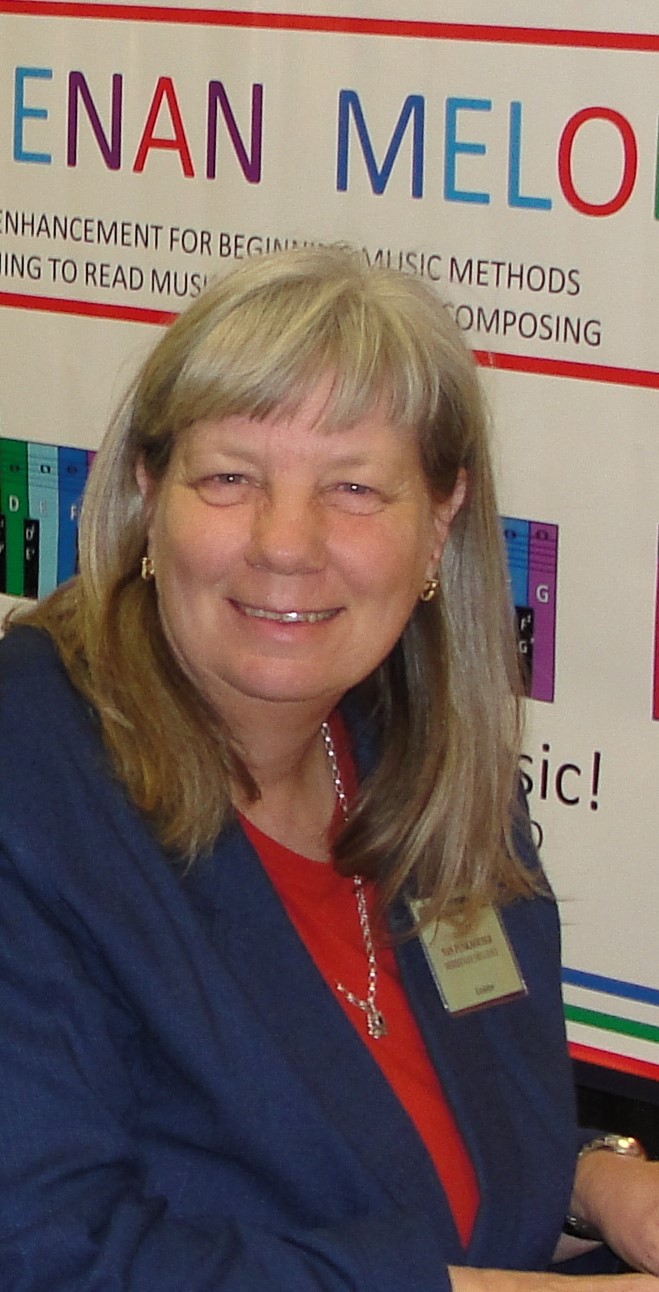


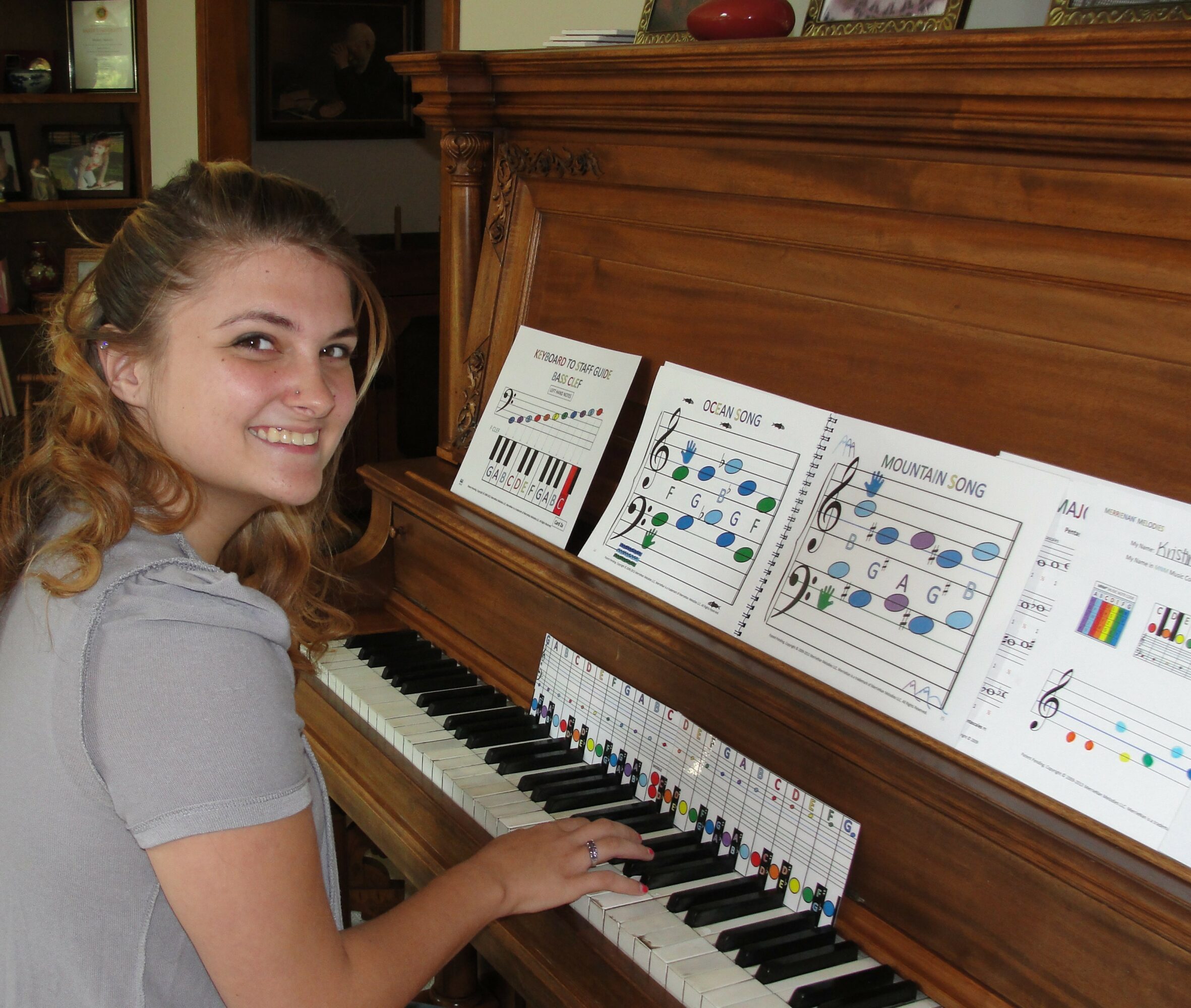
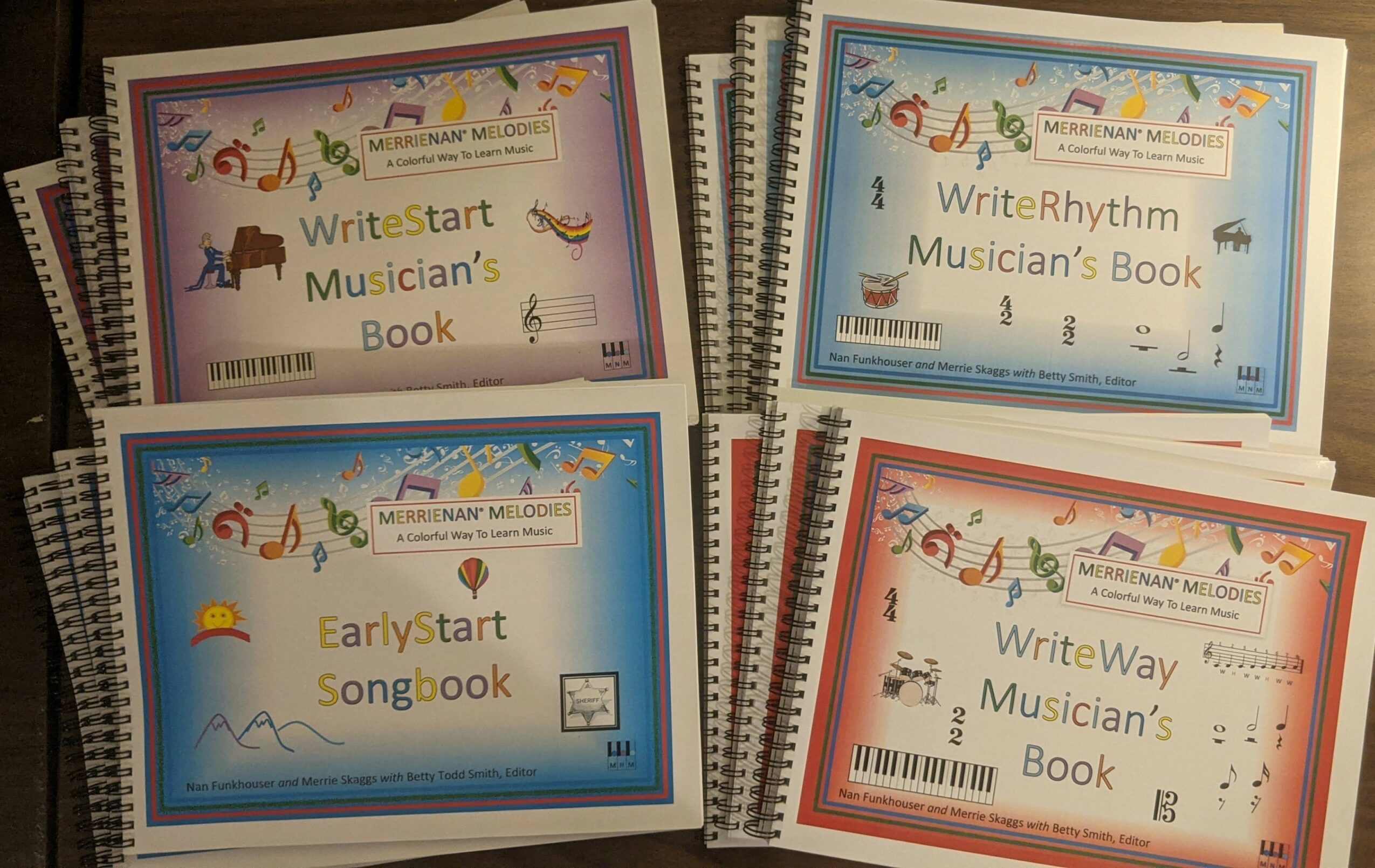
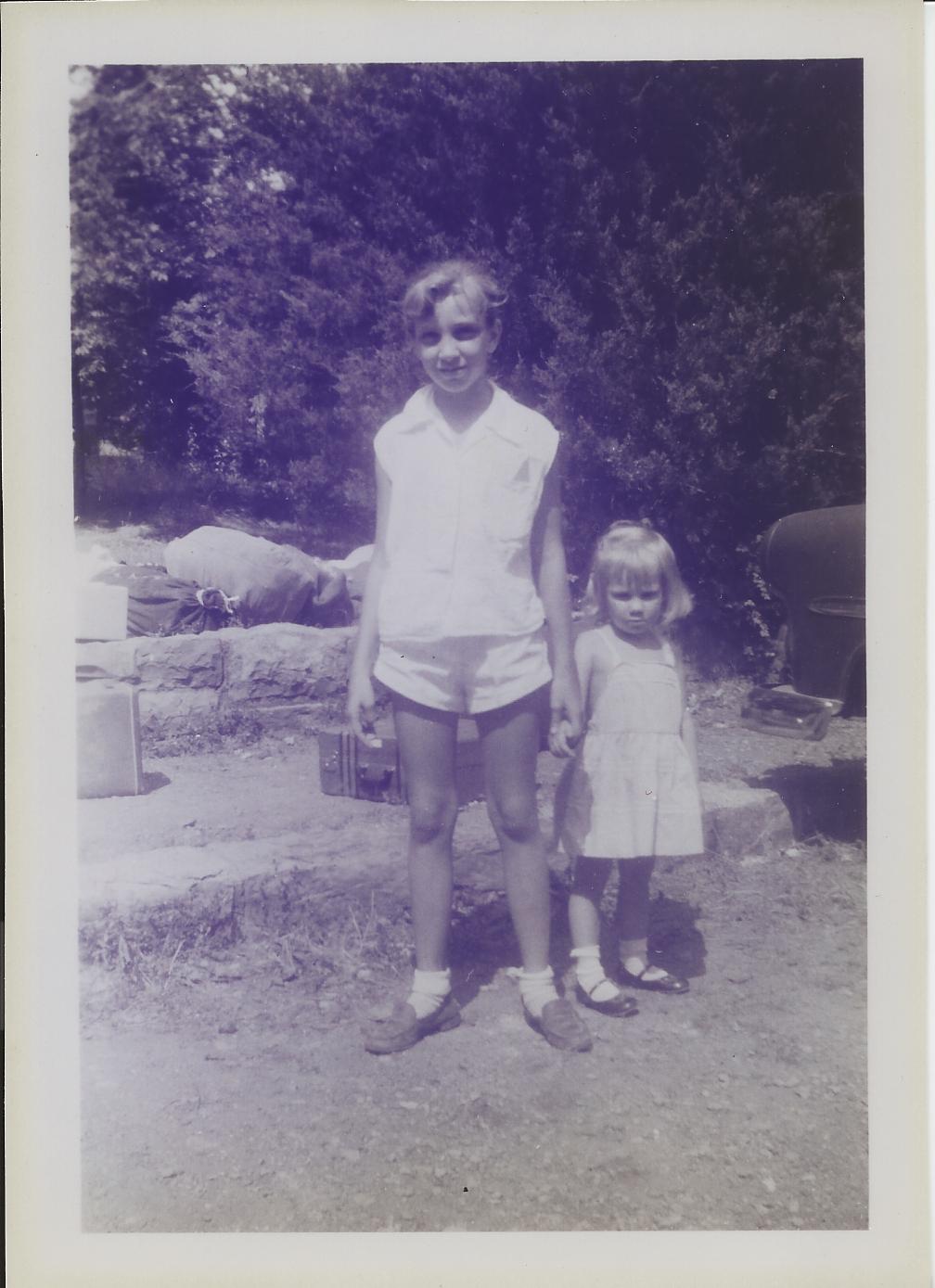
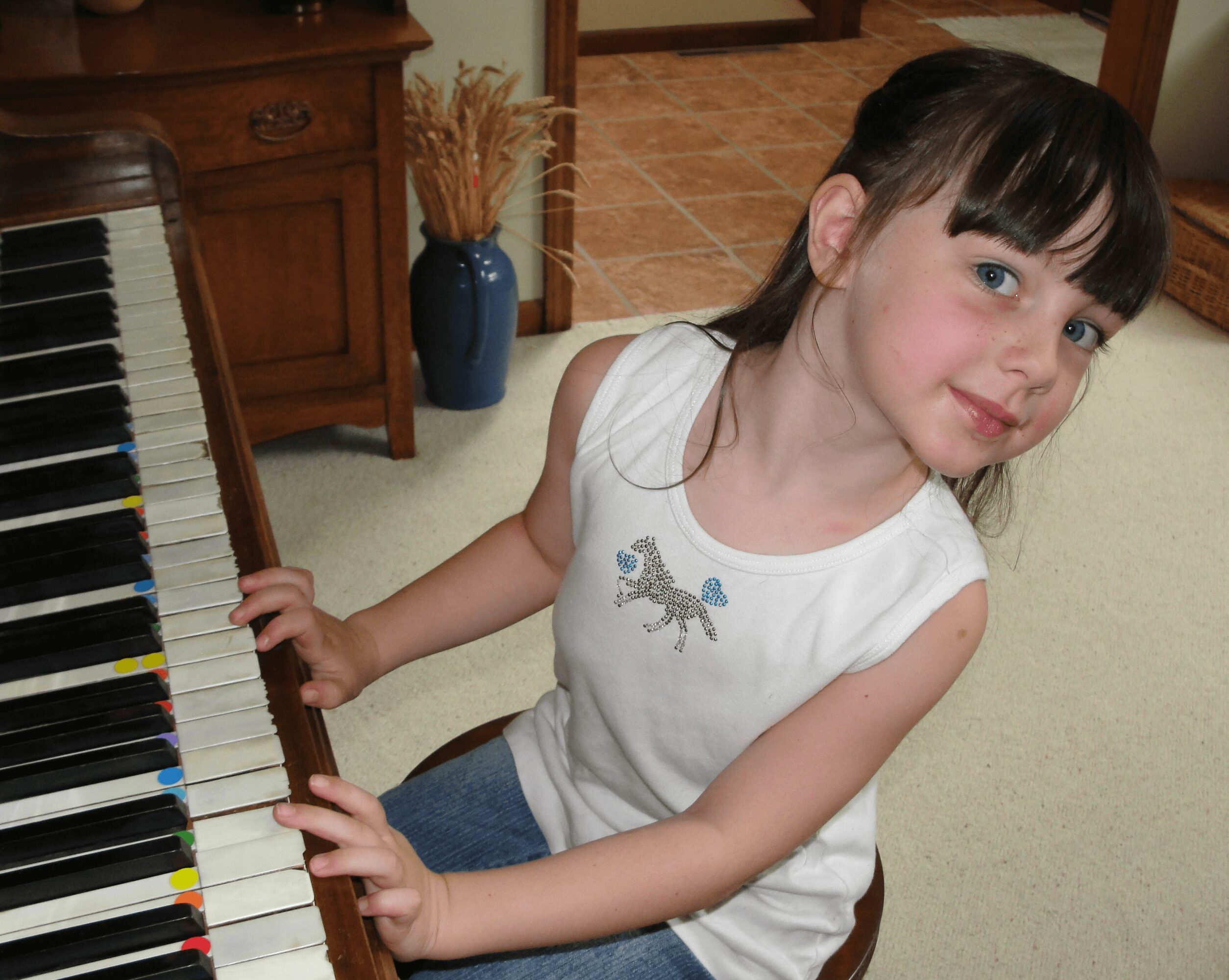
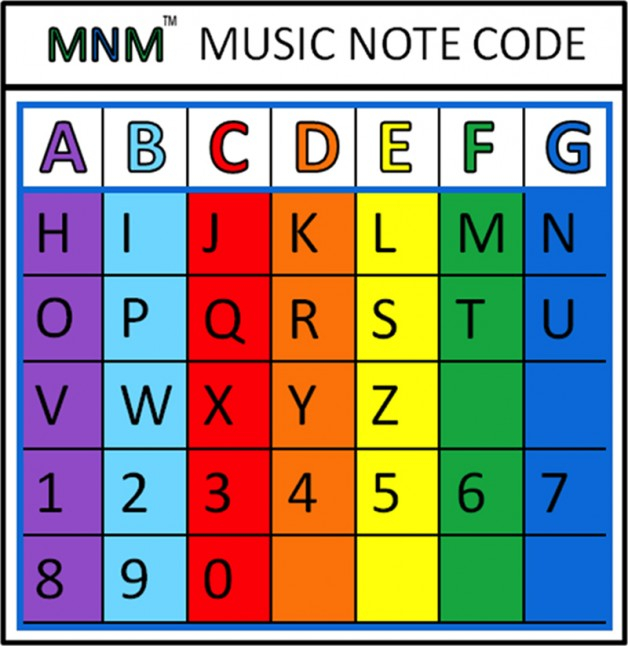
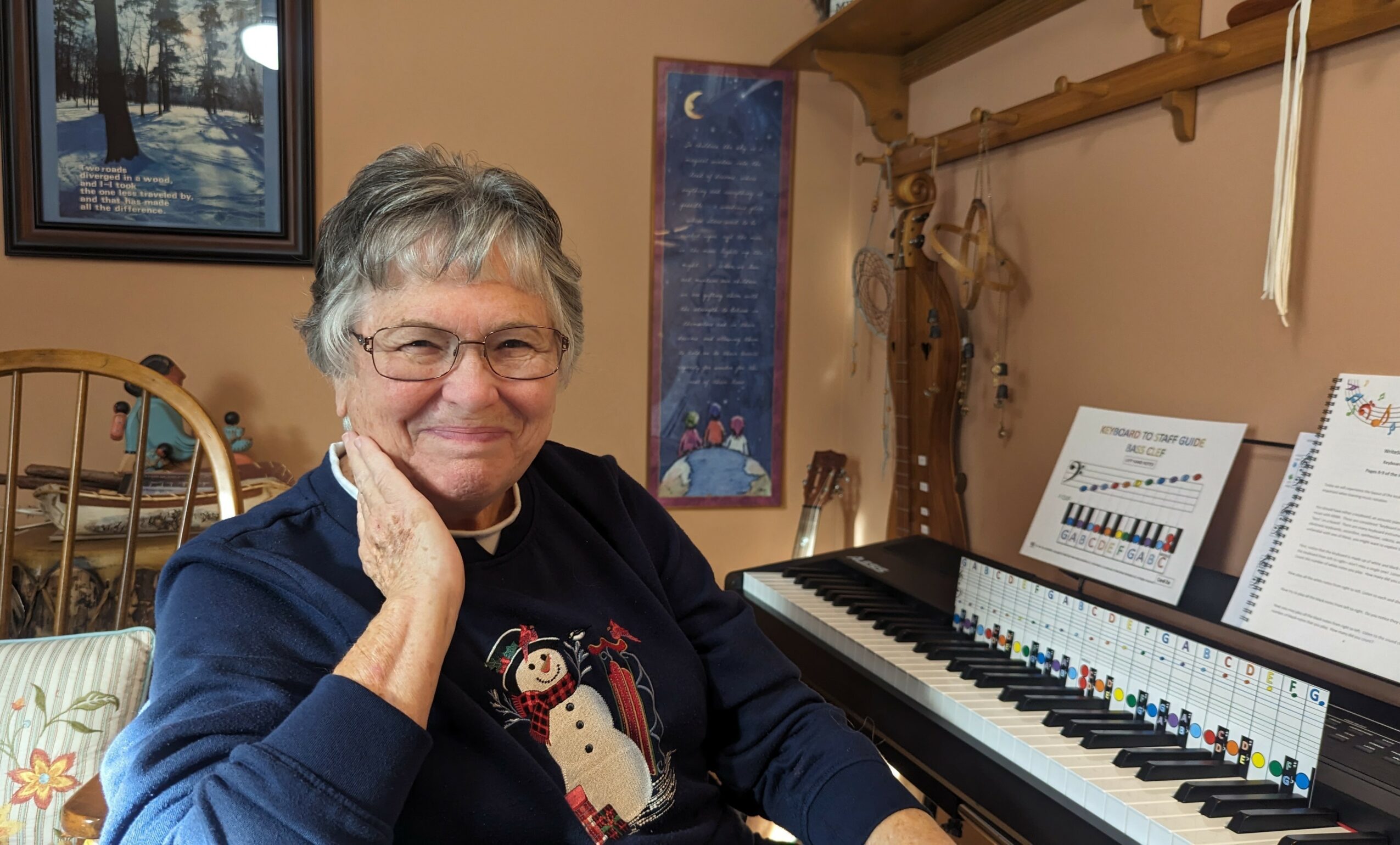
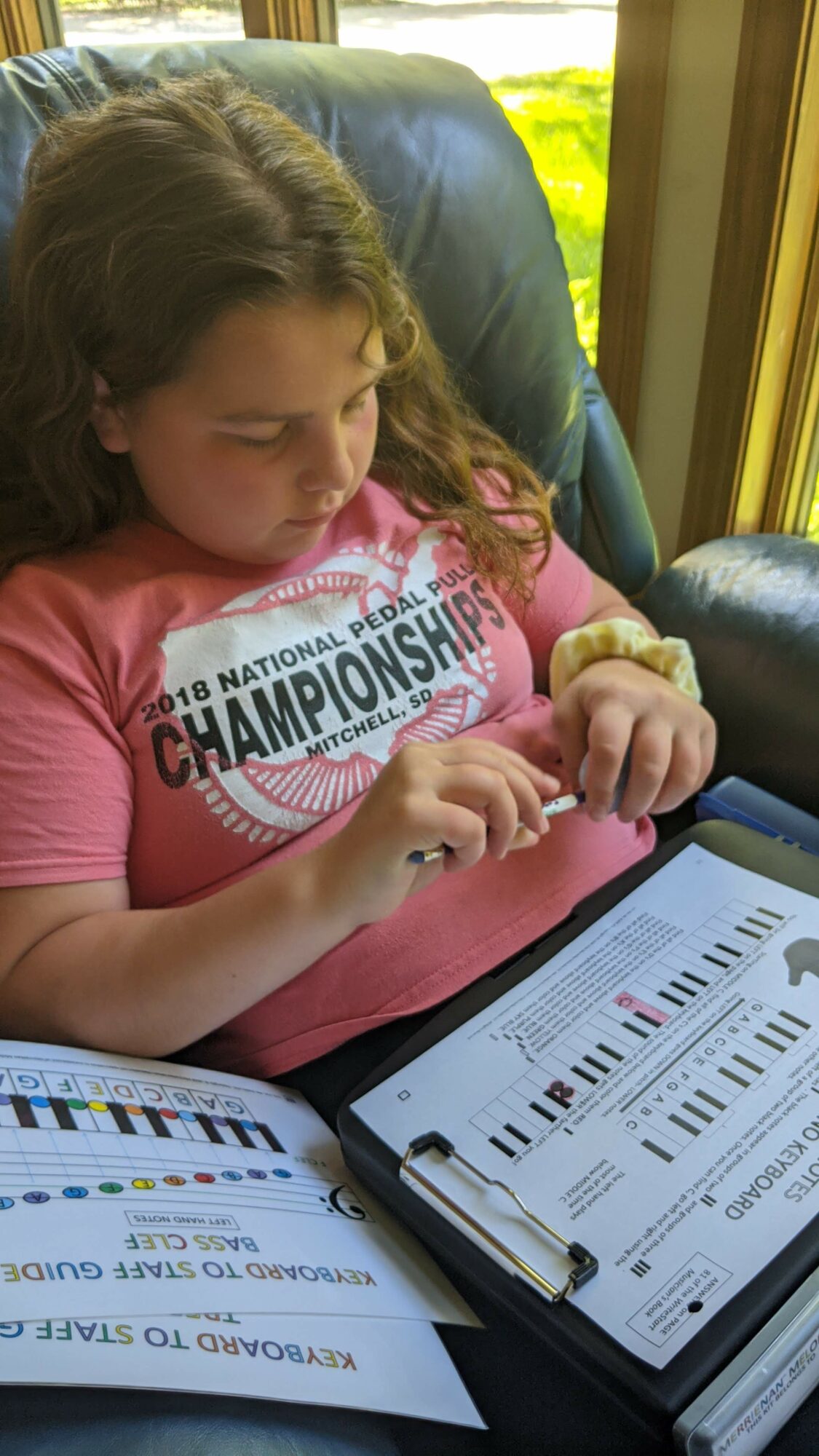
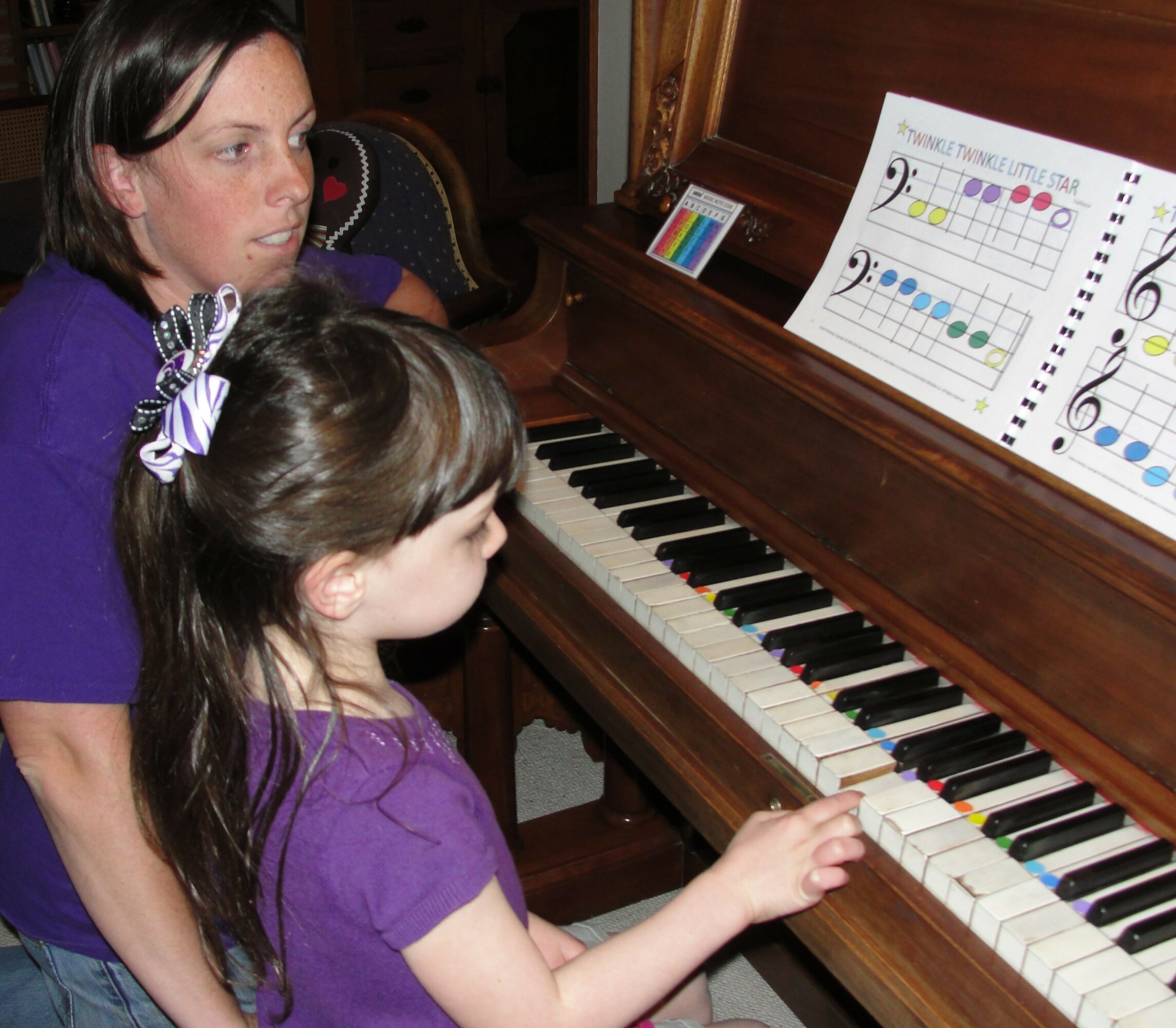


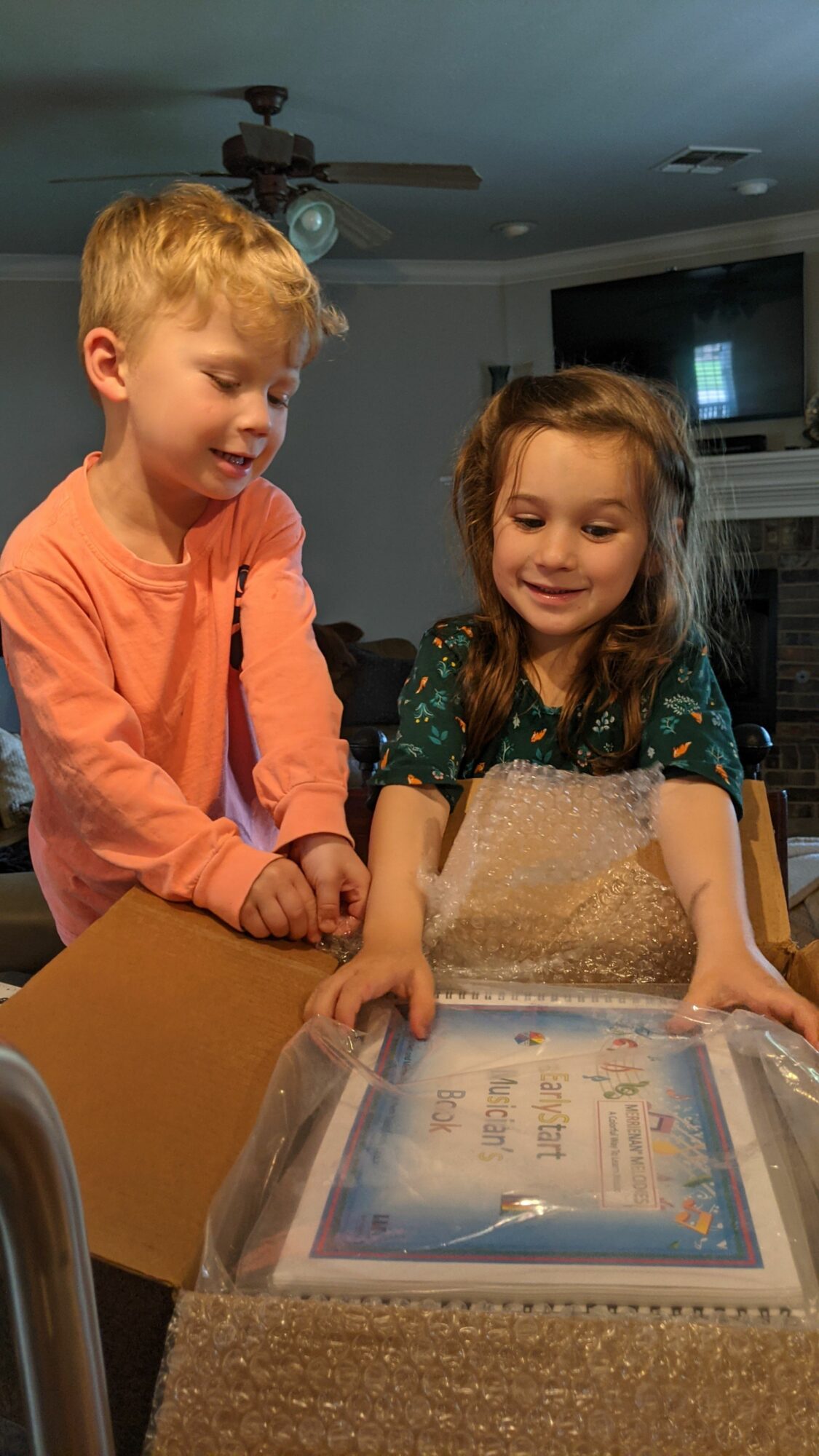
Image Credits
Merrie Skaggs and Betty Todd Smith (for photo of Betty in green top)




